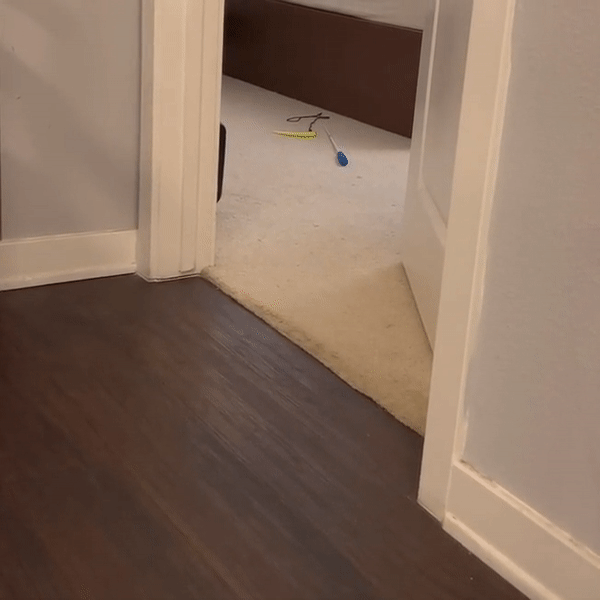Language Experience and Statistical Learning
examines how our statistical learning changes as a function of our language experience (click to read more)
The broader goal of this project is to understand the mechanisms in infants and adults that allow them to acquire and process regularities in linguistic input that involve non-adjacent dependencies (NADs). The more specific goal is to examine the interactions between the learner’s prior language experience and their ability to learn and generalize from dependency patterns in novel speech input.

Discovering and generalizing patterns in the surface strings of linguistic input is essential for language acquisition. Some patterns involve morphemes or words that are not sequentially adjacent to each other (NADs) such as is and -ing in FatChoy is happily playing fetches (yes, I’m really proud of this).
These patterns can benefit morphosyntactic acquisition by providing information to underlying constituencies and abstract structural relationships. While recent research suggests that learners’ prior experience within a laboratory testing session shapes their expectations and influences the types of patterns they subsequently track, there has been little attention to the influence of learners’ broader language experience on subsequent learning.
This project focuses on two factors in language experience that may interact with learners’ pattern learning mechanism: The structure of the learner’s particular language, and the number of languages the learner has experience with. This project may help constrain theories of language acquisition, by understanding how learners’ prior experience with language shapes their capacity to learn complex patterns from novel linguistic input, and by gaining deeper insights into the factors that influence NAD learning.
TL;DR, Explain like I'm a baby!
You’ve probably heard stories about speakers of certain languages having better pitch or better planning skills. You sure read a lot as a baby! 
These stories typically revolve around specific features of the language—how knowledge of certain languages can affect tasks that don’t have anything to do with language. This project falls under this kind of theme, and the task I would like to examine is our abilities to learn patterns. I look at how the language(s) we speak or learn (natively or non-natively) influences what types of patterns we might be better at learning. This project is in progress.  In the meantime, see if you can spot a pattern in my research projects.
In the meantime, see if you can spot a pattern in my research projects.